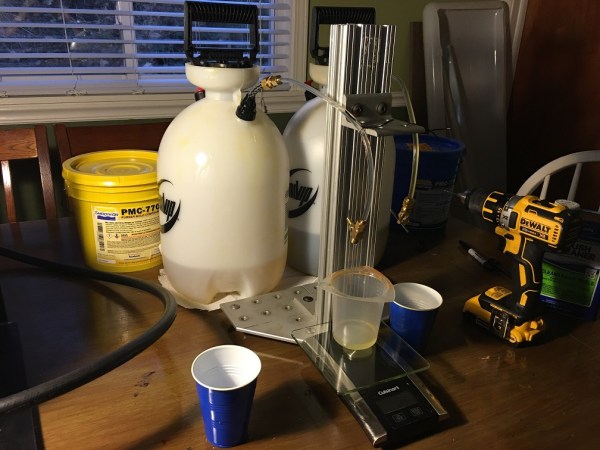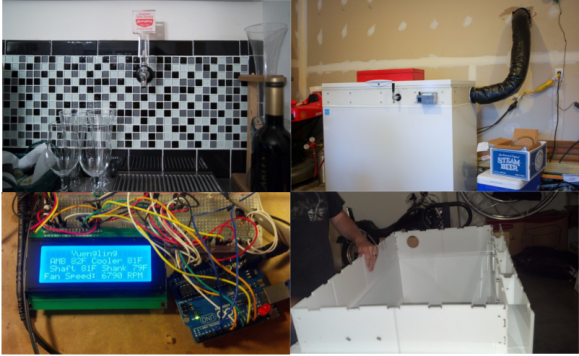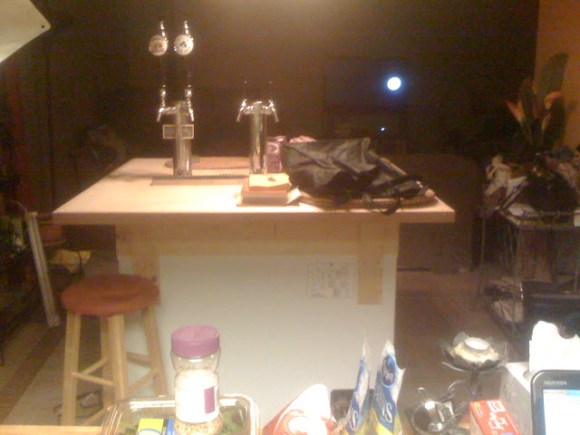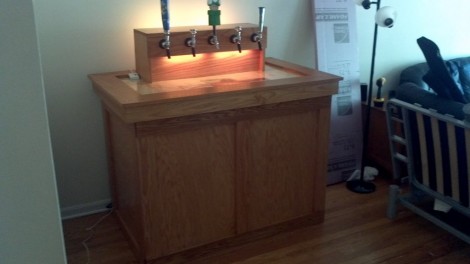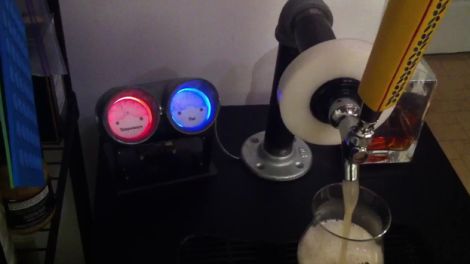It’s always a good idea to keep a few brews in the fridge ready to go, but being able to offer your guests a fresh-poured draught beer is another step above. It’s not trivial, but with a few kegs, a freezer and the right CO2 parts, it’s achievable for the average hacker. [Ben Brooks] had a keezer (keg freezer) setup that had been doing the job quite well, but wanted to take things up a notch.
Wishing to know when it was time to start brewing more beer, [Ben] needed a way to measure how much was left in the individual kegs. Opting to weigh them, initial experiments with a hand-made capacitive sensor failed when moisture in the freezer began to ruin the sensor’s performance. Switching to a strain-gauge based setup enabled more accurate readings to be taken with no drift over time. Solenoids were added to enable the taps to be shutdown outside of beer o’clock, and a Particle Photon and Raspberry Pi were put to work to give the whole project a slick web interface. There’s even a monitor to show guests what’s on tap!
It’s a tidy improvement to a home keg setup, and ensures [Ben]’s guests won’t be left thirsty in the middle of a party. We’ve seen other instrumented beer rigs before, too. If you’re working on your own homebrewing masterpiece, be sure to drop us a line.


